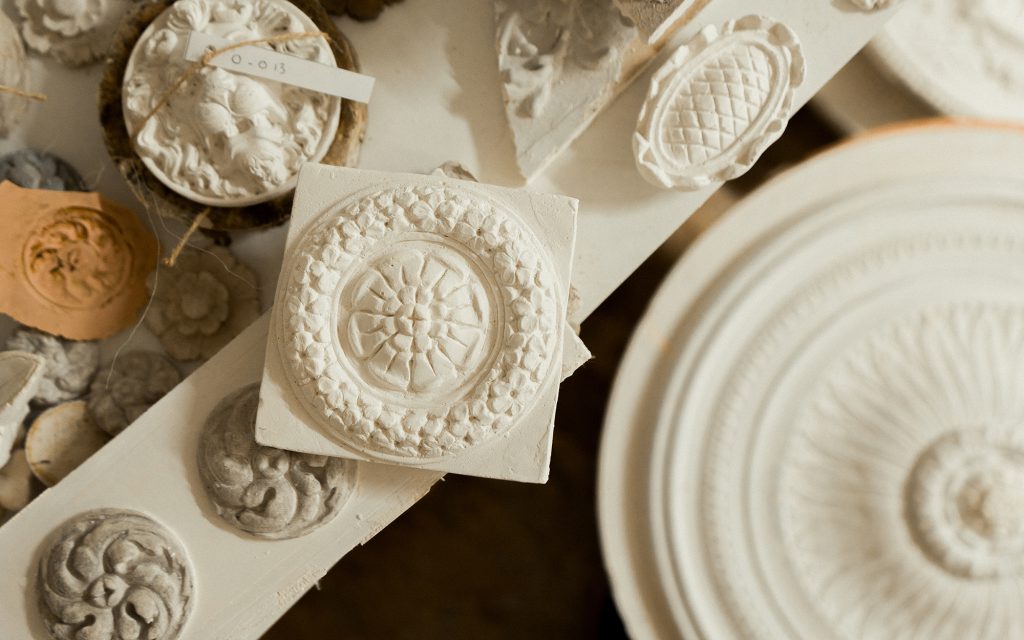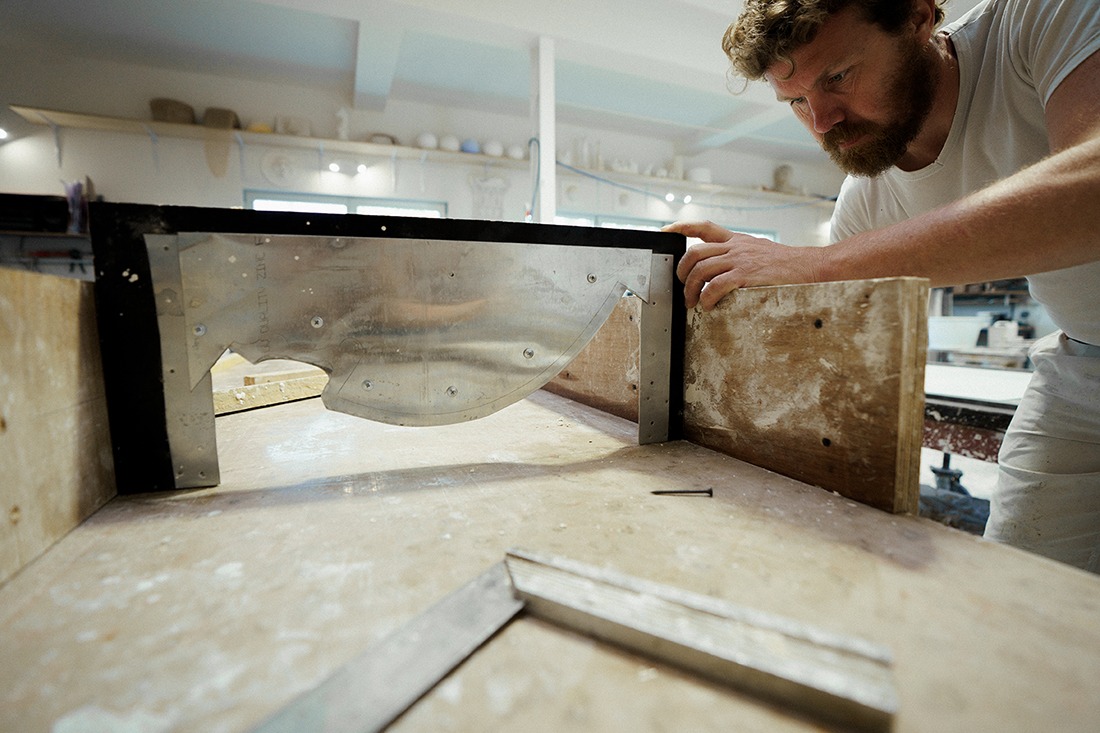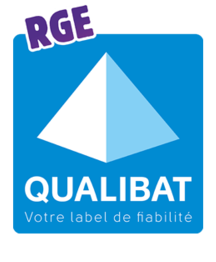Staff is a plaster-based material reinforced with vegetable fibre. Invented in the 19th century, this moulding and manufacturing technique can be used to create and recreate ornaments of all sizes, shapes and styles. In our workshop, the staffers create the gauges and moulds to fulfil all the wishes of architects and decorators, based on plans previously studied by our design office.

Staff
Ornamentation, staff work, sculpture, traditional craftsmanship

We manufacture and install
numerous references
- Cornices in all styles
- Rosettes
- Mouldings
- Wall panelling
- Various
For more information, take a look at our catalogue! And if you want to find out more about staff, take a look at Garabos Editions!
Garabos editionsThe art of the traditional
combined with new
technologies
Although this plaster moulding technique is perceived as a traditional facet of the plaster trade, the alliance between new technologies (BIM, 3D scanning, modelling of structures, use of virtual reality headsets on site) is possible, giving the plasterer his place within new projects with high added value.
Contact us

A healthier material
Staff is a combination of plaster and plant fibre from a tropical plant, sisal, a form of agave. The plaster comes from the Paris basin, and can be used over and over again. Sisal is a plant historically grown in Mexico. However, it is mainly in southern Africa (Tanzania, Madagascar) that the fibre used by staffers in France and elsewhere is produced. The cultivation of this exotic plant requires no water, making staff one of the most environmentally-friendly materials to be found in the building industry.
In order to improve its carbon footprint, in May 2024 Boris and Bruno Garabos planted the first sisal seedlings in France, more precisely in Loupiac, Gironde, to produce sisal fibre. To date, production is still experimental, but we hope that we will reap the rewards of this innovative approach for the Gironde region, by offering our customers staff products using 100% French materials, and even 50% local materials.






